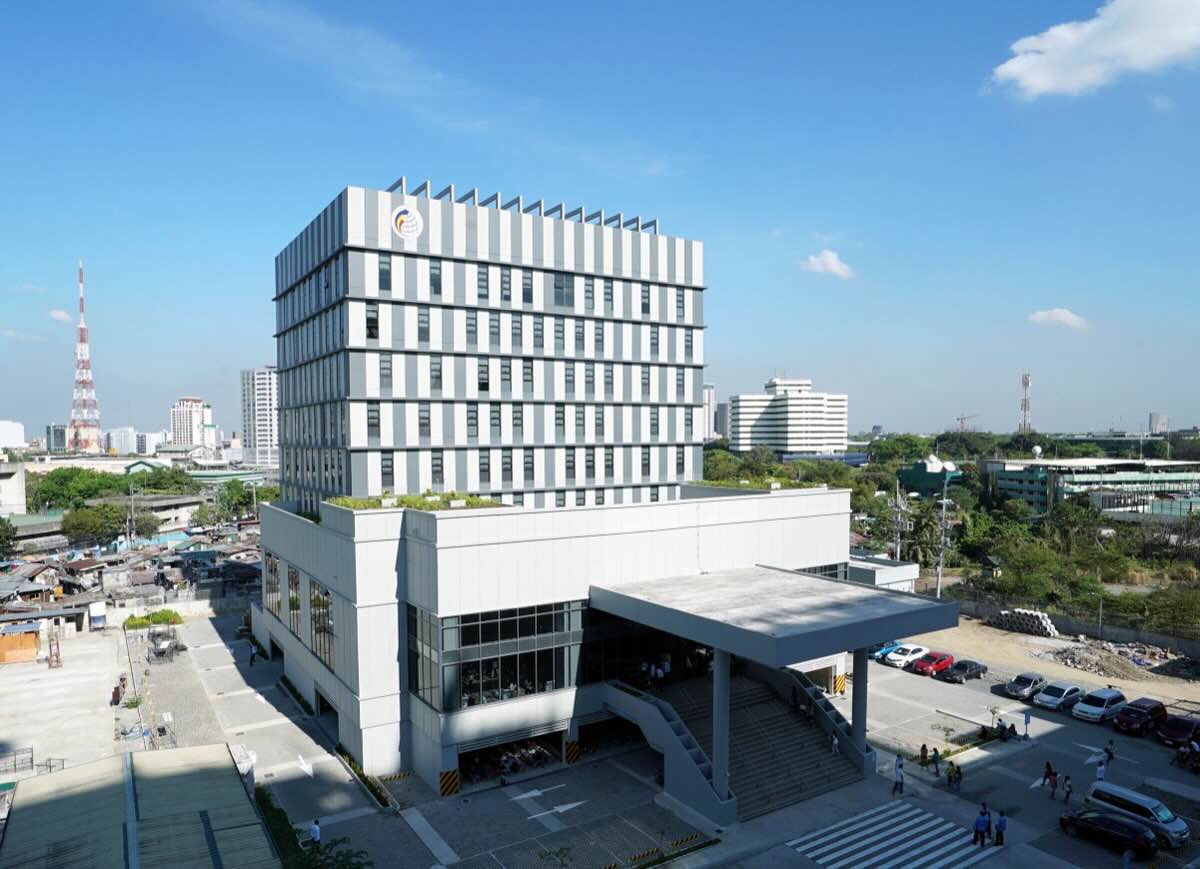Trade gap falls but raises concerns

The country’s trade-in-goods deficit in May narrowed as demand for both imports and exports fell amid US interest rate jitters and geopolitical woes, including the rising tension between the Philippines and China.
Preliminary data from the Philippine Statistics Authority showed that the trade-in-goods balance—the difference between exports and imports—amounted to a $4.6-billion deficit in May, narrowing from the $4.73-billion shortfall recorded in the previous month, making it the narrowest trade gap since the previous month.
A trade deficit happens when a country continues to spend more on imports than earn from export sales.
But a reduction in trade gap is not necessarily a welcome development as a slowdown in importation also signifies weaker demand for capital and intermediate goods that are needed to boost economic productivity. At the same time, declining imports also typically result in lower export receipts as a big bulk of Philippine exports, particularly semiconductor products, use imported raw materials.
“The weakening peso increased import costs and decreased export competitiveness. Domestically, inflation and high interest rates contributed to a slowdown in consumption,” Robert Dan Roces, chief economist at Security Bank Corp. said in a message.
Roces expects the trade deficit to stay elevated in the coming month as he expects that global uncertainties and geopolitical events would continue to affect trade.
Philippine Exporters Confederation, Inc. president Sergio Ortiz-Luis Jr. expects the country’s exports and imports to improve but “not at the rate that we would like it to be” as geopolitical tensions between the country and China continued to affect trade. China was the country’s largest supplier of imported goods with $2.73 billion or 25 percent of the total imports in May. In terms of exports, China was the fourth largest market with $847.12 billion worth of receipts, behind the United States of America, Hong Kong and Japan.
5-month gap down 13.1%
Despite the lower trade deficit in May, it was still higher than the $4.4-billion trade gap recorded in the same month last year.
From January to May, the trade deficit narrowed by 13.1 percent to $20.59 billion from the comparable five-month period last year.
Total sales of Philippine-made goods declined by 3.1 percent year-on-year to $6.33 billion in May, a reversal from the 27.9-percent growth in April and the 2.7-percent increase seen in the same period last year. By value, the export receipt in May was the lowest since April.
Outbound shipment of electronics continued to be the country’s top export, accounting for more than half of total exports, valued at $3.56 billion in May. However, this also declined by 5.1 percent from last year’s $3.75 billion.
Merchandise imports fell by 0.03 percent year on year to $10.93 billion in May. This was a reversal from the previous month’s 13-percent growth. The contraction, however, was still lower than 8 percent decline in May 2023.
The import bill in May was the lowest since the $9.57-billion purchases in March.
The government projects a 5-percent and 2-percent growth in exports and imports, respectively, for this year, as it expects a rosy outlook for the global semiconductor market in the coming months. Meanwhile, the import growth forecast was muted amid moderate world commodity prices and the impact of tight monetary policy that tempers consumption and investment activity.
Inflation in June cooled to 3.7 percent from 3.9 percent in May on the back of slower price increases in utilities and transport items. The US Federal Reserve maintained its funds target range at 5.25 percent to 5.5 percent range in June. It is expected to begin easing rates in September.



















